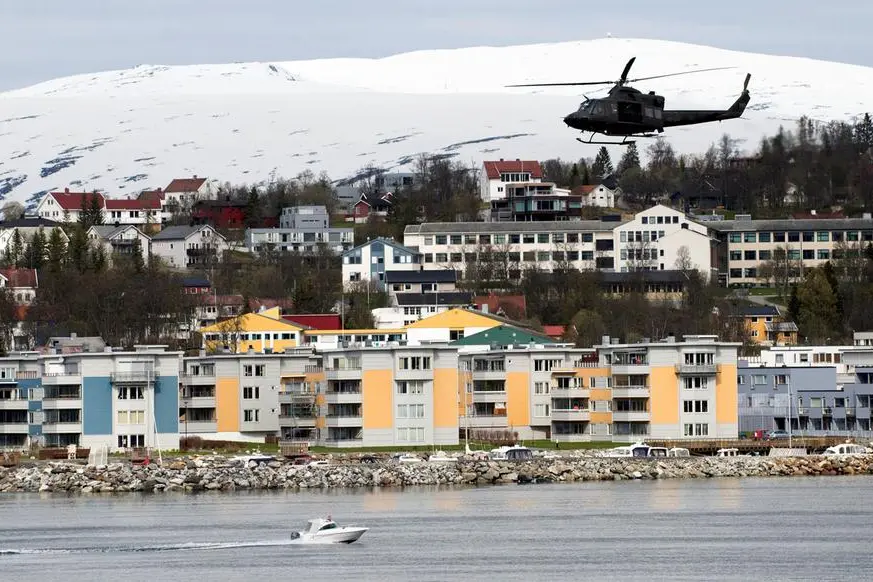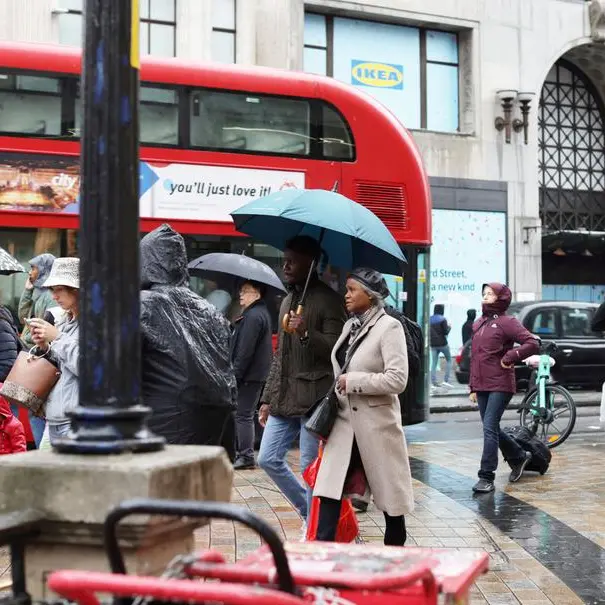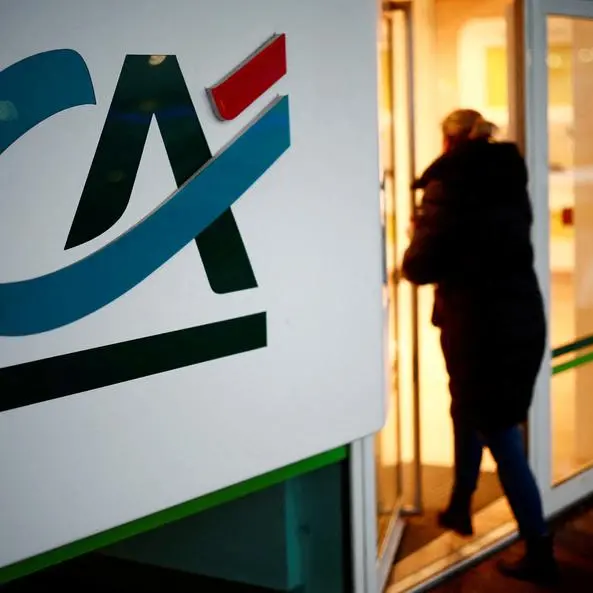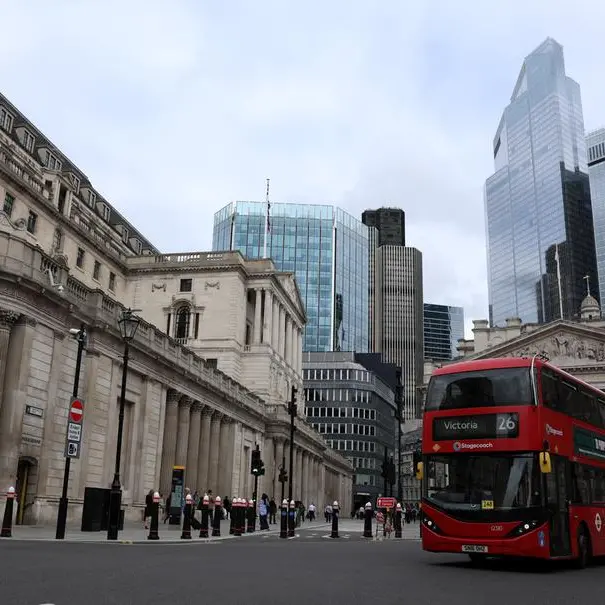PHOTO
Oslo - Norway's depleted hydropower reservoirs have received a boost in the past few weeks from rain and efforts to save water, but stocks will remain low by the end of the winter, analysts and producers said.
Hydropower accounts for more than 90% of electricity production in Norway, much of it from plants relying on stored water, but reservoir levels fell to record lows this year after the driest 12-month spell in 26 years.
"We are still holding back water. There is no end date," Christian Rynning-Toennesen, the head of Norway's biggest producer Statkraft, told Reuters.
But he also said the utility would gradually start using more of its water reserves.
"We will run our reservoirs lower in the winter, we always do this every year, but we can lower them less than we would do otherwise," he said.
The dry spell prompted government calls for producers to save water for the winter, and low electricity output coupled with more rain helped to lift reservoir levels above historic lows.
"The situation is still low in southern Norway but not critically low, so I am quite relaxed that we can make it through this winter," Rynning-Toennesen said.
A key measure for assessing the resource availability is the hydrological balance, expressed in terawatt hours (TWh) above or below normal and where zero represents normality.
This balance was at an 18 TWh deficit in early September, but this is expected to shrink to a 7.5 TWh deficit in the week ending on Nov. 6, Ole Tom Djupskaas, a Nordic power market expert at Refinitiv, told Reuters.
"We will need solidly more precipitation than normal for a while to return to normal levels," Djupskaas added.
By the start of December, the deficit could shrink to 3 TWh before rising again to 6 TWh by spring assuming normal precipitation levels, Tor Reier Lilleholt, head of analysis at Volue Insight, said.
"Our model simulates that producers will continue to save water until New Year before starting to use more of the water," he said.
(Reporting by Nora Buli. Editing by Jane Merriman)























